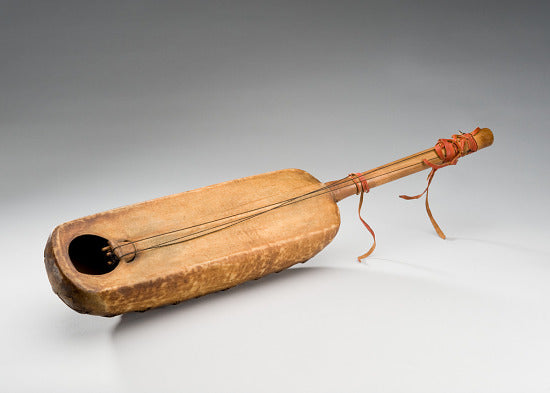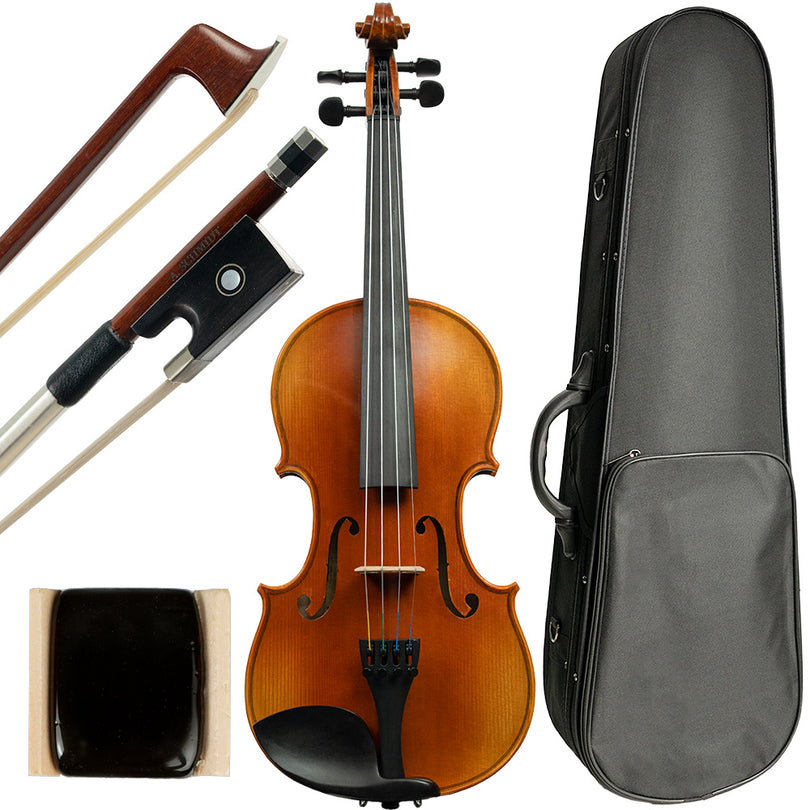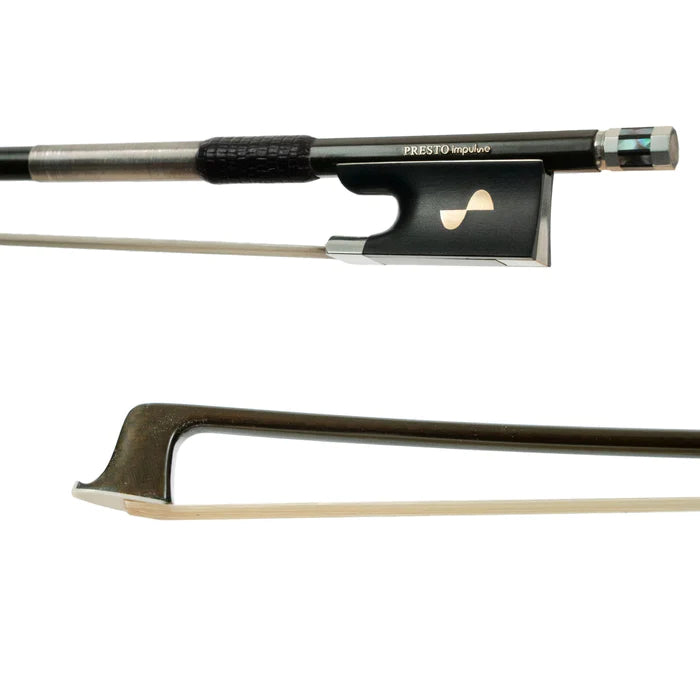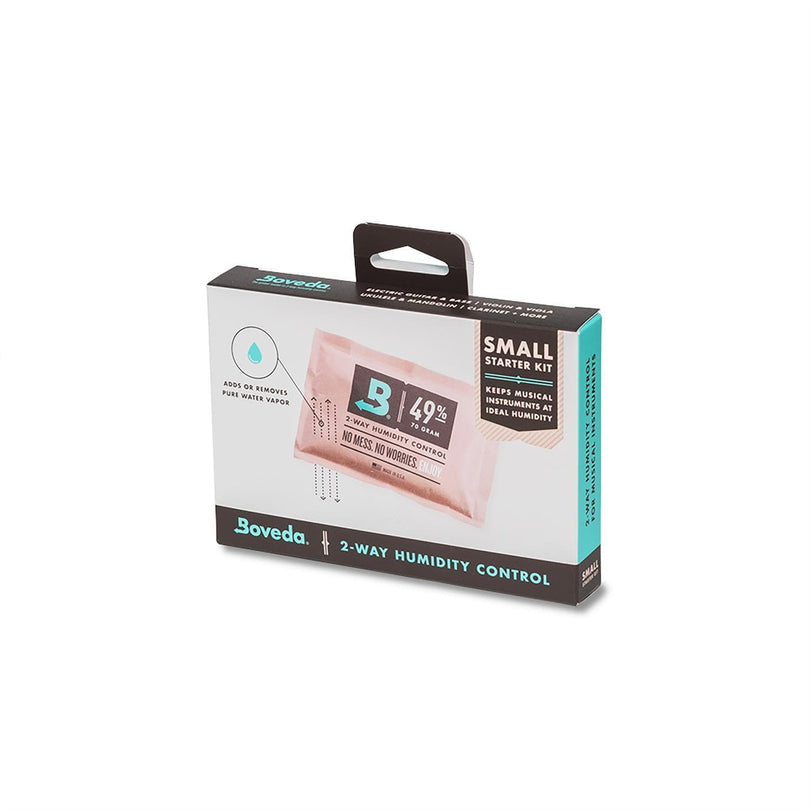If you play any instrument with a bow, you know that rosin is one of the more essential string instrument accessories. With all the options available, though, how do you choose the right one for your violin, viola, cello, or bass? What’s the difference between dark and light rosin? Here, we’ll work to answer these important questions and help you find the right rosin for you!
WHAT IS ROSIN?
Rosin is a sticky substance that’s usually made primarily from tree sap. It’s applied to the hair on your bow, allowing the hair to grip your strings. Without rosin, there’s no grip, and no grip means no sound! This, of course, is what makes it one of the most important string instrument supplies.
Rosin comes in many shapes, sizes, and colors; the sheer variety can be overwhelming. That said, it’s generally sorted into two camps: light rosin and dark rosin, which of course refers to the color of the rosin (you may also find amber rosin, which can be a nice middle ground between the two). What’s the difference between light rosin and dark rosin, though?

LIGHT ROSIN
Climate is the major factor in choosing a rosin. If you live in a hot, humid area (or are going to play in a hot, humid space), a lighter rosin is generally the way to go.
Why? All rosin gets stickier the hotter it gets. Light rosin is more brittle and less sticky than dark rosin, which makes it ideal for hot, humid places. Dark rosins can get too sticky when it’s hot out; lighter rosins settle in nicely, allowing for more nuanced playing. Light rosin gives you a lighter grip than dark rosins, making it ideal for situations where subtlety is key, such as when playing exceptionally delicate pieces, or in small ensembles.
DARK ROSIN
Darker rosins are extra-sticky. When applied to your bow hair, they provide a good deal more grip than light rosin. This can be problematic in hotter environments, but it’s perfect in dry and cool places. Light rosin will still work in dry places, but the difference in grip is definitely noticeable.
The grip of dark rosin is a double-edged sword, though! It’s wonderful for powerful orchestral work or intense solo performances, but the extra stickiness will add a certain “fuzz” or “grit” to your sound. This is easy enough to hide when playing in larger ensembles, but more difficult in smaller, more delicate situations.
AMBER ROSIN
Amber rosin sits between light and dark. It’s a vague category, with rosins across the spectrum. Some are lighter and behave more like a light rosin; some are darker and share similar features to dark rosin. Many “amber” rosins end up being classified as “dark” due to their color and stickiness.
A NOTE FOR BASSISTS
Unlike violin, viola, or cello, bassists don’t really see light vs. dark rosins for their instrument. The strings, after all, are huge in comparison to that of their smaller cousins, requiring the extra stickiness of a dark rosin. This means that just about all bass rosin can be classified as either dark or amber. Makes life easier, doesn’t it?
TESTING /MIXING ROSIN
There are hundreds of types of rosin. How do you try them out to find the right one for you?
Unfortunately, it’s not as easy as “wipe off your bow hair, apply new rosin”. Once a rosin is applied to your bow hair, it is nigh-impossible to remove all of it. Some residue will always be left behind, and the only way to completely remove it is to re-hair your bow.
Mixing rosins on your bow hair isn’t necessarily bad, but it does present a few problems. Some rosins are designed to be mixed to suit the individual player or piece (Leatherwood Rosin is a good example of this). However, some rosins will react in strange ways when mixed, potentially creating little sticky clumps on your bow. It’s possible you could find the perfect grip mixing rosins, but if your bow has residue from 3+ different rosins, it becomes incredibly difficult to recreate!
To overcome this, the most effective way to test new rosin is to make the switch when you have a bow with fresh, un-rosined hair. Alternatively, if you notice your friends/colleagues use a rosin you’d like to try, see if they’ll let you try their bow to get an idea of how the rosin performs!
IN SHORT (TL;DR)
If you live or are performing in a hot, humid environment, or are playing expressive pieces in a small ensemble, a light rosin is recommended. Dark rosins are recommended for large ensembles or solo pieces, and perform best in cool, dry environments.
Of course, these are just guidelines. It’s good to know where these rosins perform best, but many musicians will simply settle on a specific brand of rosin and use it for everything, regardless of climate or anything else! Wherever you find yourself on the spectrum, you should be able to find the right rosin for you among this excellent selection.











